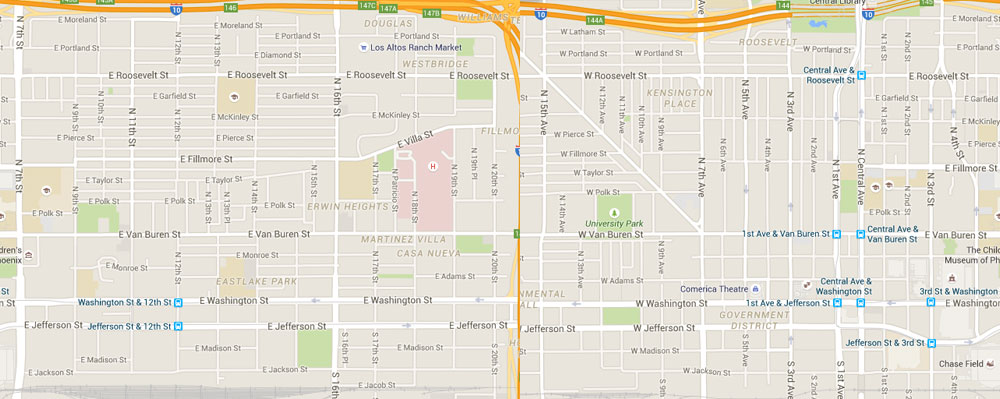
The sales conversion funnel is at the heart of any SaaS marketing strategy.
Unfortunately, sometimes after these funnels are created, not enough effort is spent in their review, analysis, experimentation, and modification. When sales begin to trail off, marketers are often inspired to review the funnel and look for problems. However, in this dynamic online business environment, the optimization of the funnel must be a constant process of review and perfection.
Even the slightest improvement of SaaS conversion rates in any stage of the funnel can have a significant impact on the bottom line. On the other hand, one minor problem in the funnel could leave significant numbers of sales on the table or witness customers wander out the back door to other services. By implementing agile, yet data-driven SaaS marketing strategies at each stage of the funnel, we can be sure to get the most out of the entire funnel. This will also help craft the narrative of your SaaS content marketing strategy.
Finding Out Where to Start
Whether inspired by flatlining sales, or just a desire to get the most possible from the conversion funnel, marketers need to know where to start. You can’t begin tinkering with the process until you understand how the process is working. Fortunately, a SaaS conversion funnel provides plenty of data to analyze in determining where the funnel is working well and where it is struggling.
Begin by analyzing the data for each stage of the funnel and look for patterns. How are your numbers for acquiring traffic? How about initial conversions such as joining a mailing list or downloading a free trial? What do the numbers look like for customers completing the next critical steps towards a purchase? Then, how do sales numbers look in comparison to each previous stage of the funnel? Finally, how long are customers sticking with you? What does that look like in contrast to the rates found across the funnel? For each and all of these, what trends do you see over time?
This is the point where we can see what is working in our SaaS conversion funnel and where there may be potential for optimization. For instance, if you are seeing excellent conversion rates for a free trial but low initial traffic to your website, it may make a significant impact to the overall funnel to focus on the acquisition stage and look for ways to increase inbound traffic. If you are seeing an excellent rate of free trial downloads but an anemic number of conversions to paying customers, it may be time to review how you are engaging these leads or consider if these conversions are genuinely well-qualified leads.
Once you have found the area with the highest potential for improvement, it is time to start digging in and finding ways to optimize. Let’s look at some common optimizations in each stage of the funnel.
Acquisition – Common Problem: Lack of Traffic
If you are not seeing a robust rate of traffic to your website, it will be felt throughout your funnel. It is difficult to name the “right” amount of traffic. Different SaaS sectors have very different levels of demand. If you serve a very small, niche market, your inbound traffic will be lower than a SaaS site with a more general audience. However, the goal is always the same, start with more qualified inbound traffic, and the rest of the funnel will benefit.
So, how do you get more traffic? In the current world of inbound marketing, you need to offer an answer or solution to someone’s question or problem. This is just the reality of the modern world of marketing. People don’t want to be marketed to. When they are in need, they will go look. So, if you are not experiencing the inbound traffic you would expect, likely either you aren’t offering an answer or solution people are looking for, or you aren’t structuring your content in a way people can find it.
Chances are, business are not out looking for your solution in particular. If they are looking at you and your competitors, it is because their company role has specific pain points they want to alleviate. By partnering with SaaS Marketing agencies who specialize specifically in scaling SaaS platforms like yours, you will be able to looks at your SaaS growth objectives from a 10,000 foot view to refine your SaaS marketing strategy and SaaS content strategy to deeper identify your buyer personas and then layer sales-ready content across each stage of their buyers journey. That is why it is essential to understand what your potential customers are looking alleviate. This allows your content marketing to speak to these particular pain points as you nurture them from free trials into paying customers.
Engagement – Common Problem: Traffic Not Converting
Even if the acquisition stage of your SaaS conversion funnel is working flawlessly and people are finding, visiting, and exploring your website, it won’t matter if you are not seeing engagement. Where precisely the engagement phase begins, and the acquisition stage ends, depends on your overall SaaS marketing strategy. However, this is where there is often great room for optimizing your SaaS conversion rates.
There are many places where qualified leads can get stuck in this stage. Site visitors failing to sign up on an email list, limited downloads of a free trial, or free-trial users not thoroughly evaluating the product, are just a few. While it is normal for the total numbers to decline at each stage of the funnel if you feel that the drop-off rate is higher than it should be. There are a couple of questions you can ask:
1. Do you have the right leads? If your website traffic is not engaging with your offerings at a deep enough level, it may be time to consider if you are driving the right traffic. Maybe your content or offers are drawing people who are actually looking for something else.
2. Does your call to action offer enough value? To create engagement, you need to provide something more valuable than what you are asking your potential customer to give up. Is your free trial attractive enough for people to give up private information? If people are not taking you up on your offers, maybe they are not tempting enough.
Retention – Common Problem: High Churn Rate
SaaS marketing strategies are different in that businesses aren’t looking for one-time purchases, or even return customers, but an ongoing relationship with customers who continue to use and pay for the product. It’s great to acquire these customers, but that means nothing if your SaaS platform cannot keep customers happy enough to keep paying your SaaS platform every month. As a result, a company’s “churn rate” is a closely watched measure of success for all SaaS companies.
The measurement of the lifetime of a customer relationship may be one of the most important metrics when it comes to overall customer value. When the number of customers failing to renew or outright canceling their subscriptions to a SaaS value offering is too high, none of your efforts in the rest of the funnel will matter.
Unfortunately, this may be the segment that is the most difficult to fix when it is broken. However, sometimes, there are great opportunities to optimize this phase with some minor adjustments that will have huge payoffs as customers stick around longer.
A ruthless review of customer service support, client feedback, and competitive offerings may yield some possible areas of improvement. Given all the work that goes into attracting, engaging, and converting these customers, the investment in improvements will be worth it.













